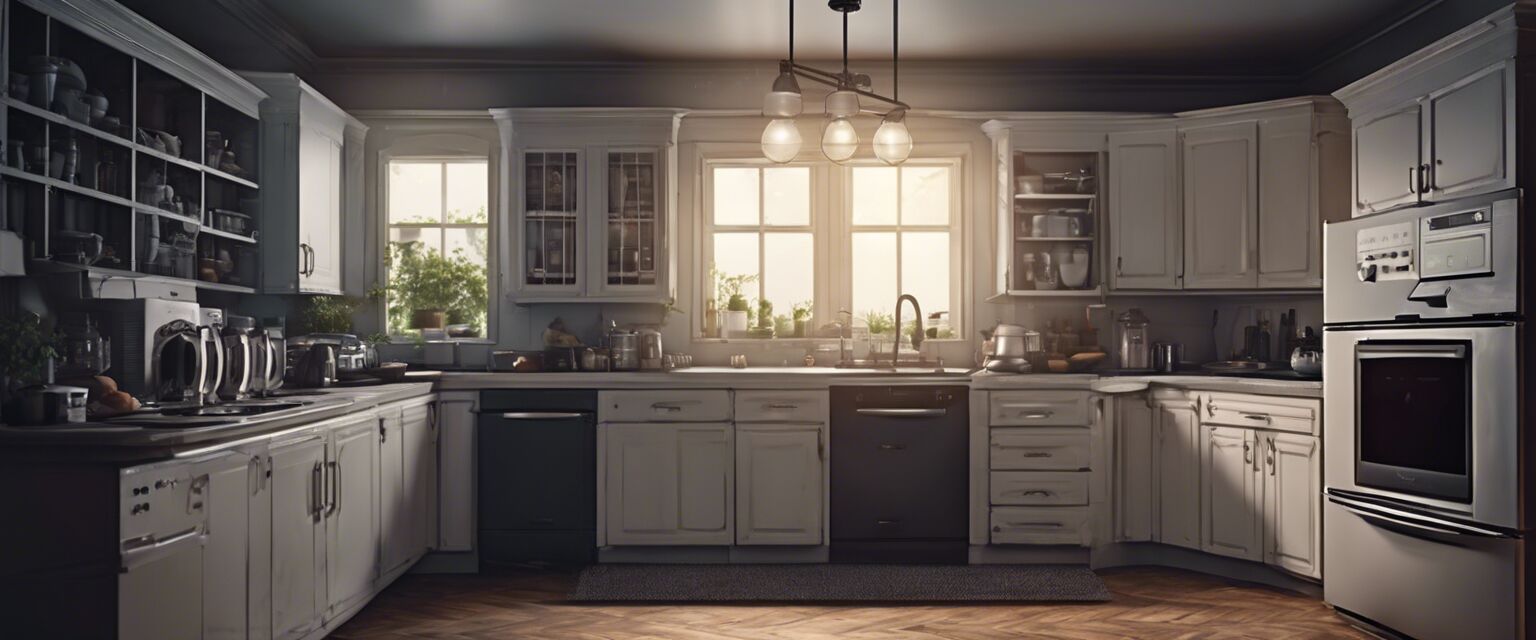
Understanding power ratings for appliances
- Power ratings help determine energy consumption and compatibility of appliances.
- Understanding wattage, voltage, and amperage is vital for proper appliance operation.
- Choosing energy-efficient appliances can lead to long-term cost savings.
- Read and interpret energy labels to make informed decisions while purchasing.
When it comes to selecting electric appliances, understanding power ratings is essential for both electricians and regular consumers. Power ratings provide vital information on how much energy an appliance uses, how it operates, and whether it’s compatible with your existing electrical systems. This guide will help you demystify the numbers and make informed decisions about energy consumption and appliance compatibility.
What are power ratings?
Power ratings indicate how much electrical energy an appliance consumes during operation. The most common measurements associated with power ratings are wattage, voltage, and amperage. Let's explore these key concepts:
| Term | Description |
|---|---|
| Wattage (W) | The rate at which energy is consumed or produced. The higher the wattage, the more energy the appliance uses. |
| Voltage (V) | The electrical force that pushes electric current through the circuit. Most household appliances operate on 120V or 240V. |
| Amperage (A) | The amount of current flowing through the circuit. It can be calculated using wattage and voltage according to the formula: Amperage = Wattage/Voltage. |
Understanding energy labels
Energy labels are often found on appliance packaging or specifications and provide essential details, including power ratings. Here’s what to look for:
- Energy Efficiency Rating: Indicates how energy-efficient an appliance is, usually represented by letters A+++ to D.
- Annual Energy Consumption: Shows expected yearly energy consumption in kilowatt-hours (kWh).
- Power Ratings: Indicates wattage, which helps in understanding energy consumption while in use.
Why is understanding power ratings important?
Understanding power ratings helps in several ways:
- It allows you to choose the right appliances that fit your energy needs.
- You can avoid overloading electrical circuits, which can lead to hazards.
- It informs you about potential energy savings with efficient models.
Power ratings and compatibility
Checking power ratings is crucial for ensuring compatibility with your electrical system. Here are some things to consider:
- Make sure the appliance's wattage does not exceed the circuit's capacity. Most household circuits are rated for either 15 or 20 amps.
- Use the right voltage. Appliances designed for 240V should not be plugged into a 120V outlet without proper conversion.
- Check for any specific requirements or limitations stated in the appliance guide.
Common appliance power ratings
Here are examples of typical power ratings for common household appliances:
| Appliance | Wattage |
|---|---|
| Refrigerator | 100-800 W |
| Microwave | 600-1200 W |
| Washing Machine | 500-2000 W |
| Television | 50-400 W |
| Electric Oven | 1000-5000 W |
Tips for choosing energy-efficient appliances
Beginners Section
- Look for appliances with a high energy efficiency rating label.
- Compare wattage between similar models to find the best efficiency.
- Consider appliances that offer energy-saving features.
- Keep in mind that energy-efficient appliances might have a higher upfront cost but save money in the long run.
- Read reviews to know about the longevity and performance of the appliance in real-world usage.
Conclusion
Understanding power ratings for appliances is crucial not just for professional electricians but for any consumer. By learning to read and interpret these ratings, you can make informed choices that ensure both safety and efficiency in your home. Whether you are upgrading your appliances or making informed purchasing decisions, you'll be better equipped to choose options that fit your needs and promote energy conservation.
Pros
- Helps in selecting the right appliances for energy efficiency.
- Aids in avoiding electrical overloads.
- Improves overall awareness of energy consumption.
Cons
- Understanding power ratings may seem complex to some consumers.
- Initial cost of energy-efficient appliances can be higher.